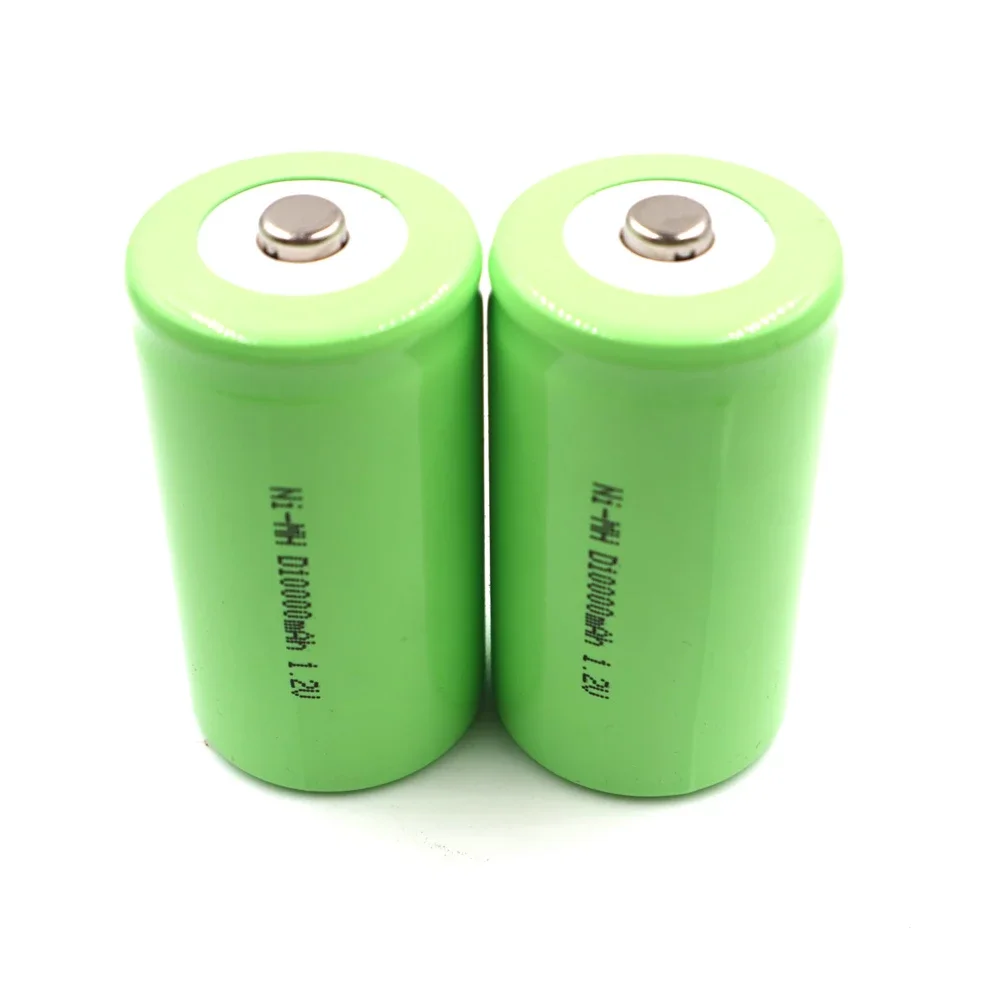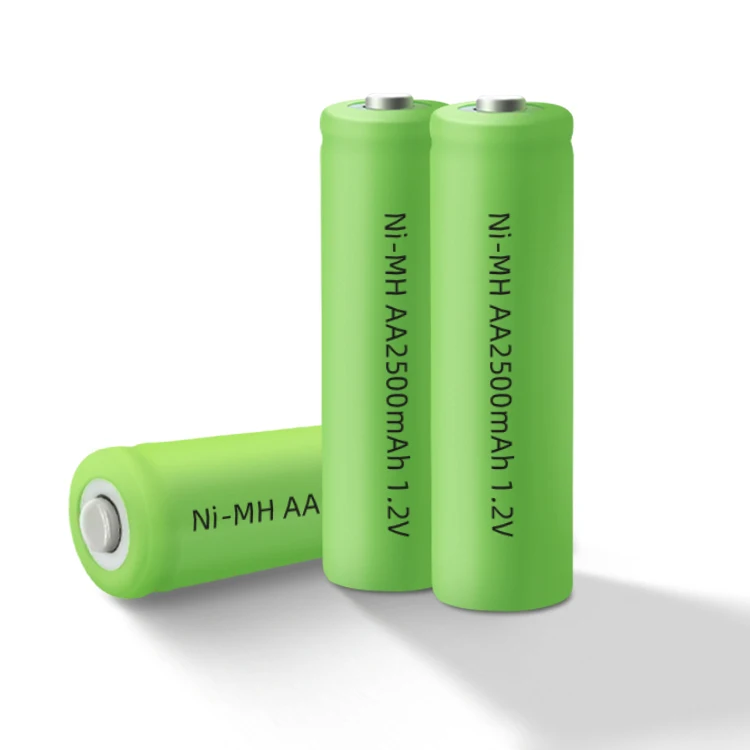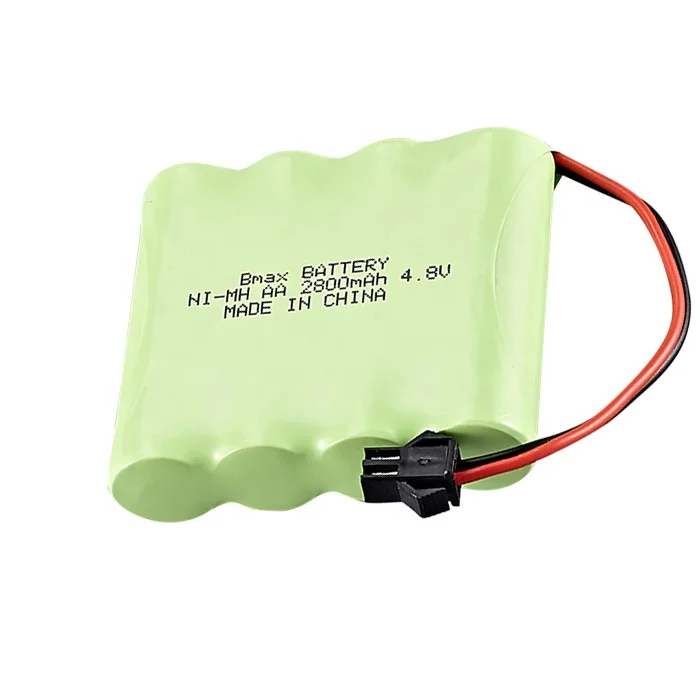Introduction:
Nickel-metal hydride (NiMH) batteries have become ubiquitous power sources for a wide range of applications, from portable electronics to electric vehicles. To ensure optimal performance and longevity, it’s essential to adopt effective strategies for maintaining the health of NiMH batteries. In this comprehensive guide, we’ll explore the key factors that influence NiMH battery health, delve into practical tips for maximizing performance and lifespan, and provide insights into proper care and maintenance practices.
Understanding NiMH Battery Health:
Before diving into maintenance strategies, let’s briefly review the basic principles of NiMH battery health. NiMH batteries generate electrical energy through a chemical reaction that occurs between the positive and negative electrodes and the electrolyte. During charge and discharge cycles, ions and electrons flow between the electrodes, powering the connected device.
Several factors influence the health and performance of NiMH batteries, including:
- Cycle Life: NiMH batteries have a limited number of charge and discharge cycles before experiencing significant capacity degradation. Each cycle causes wear and tear on the electrodes and electrolyte, leading to gradual deterioration of battery performance. Maximizing cycle life is essential for prolonging battery lifespan and optimizing performance.
- Self-Discharge Rate: NiMH batteries have a higher self-discharge rate compared to some other rechargeable battery chemistries. When left unused, NiMH batteries gradually lose their charge over time due to internal chemical reactions. Minimizing self-discharge losses is crucial for maintaining battery capacity and ensuring the battery remains ready for use when needed.
- Temperature: High temperatures can accelerate chemical reactions within the battery, leading to increased self-discharge and degradation. Exposure to extreme temperatures during charging, discharging, or storage can cause irreversible damage to the electrodes and electrolyte, reducing battery lifespan.
- Overcharging and Overdischarging: Overcharging or overdischarging NiMH batteries can accelerate capacity degradation and reduce battery lifespan. Overcharging can cause electrolyte decomposition, gas evolution, and electrode degradation, while overdischarging can induce irreversible structural changes and capacity loss.
Practical Tips for Keeping NiMH Batteries Healthy:
Now, let’s explore practical strategies for maintaining the health of NiMH batteries and maximizing their performance and lifespan:
- Proper Charging Practices:
- Use a compatible charger specifically designed for NiMH batteries and follow manufacturer recommendations for charging voltage and current settings. Avoid using chargers intended for other battery chemistries, as they may not provide optimal charging conditions for NiMH batteries.
- Avoid overcharging or undercharging NiMH batteries, as this can accelerate capacity degradation and reduce battery lifespan. Use chargers with automatic shutoff or trickle charge functions to prevent overcharging once the battery reaches full capacity.
- Charge NiMH batteries at room temperature or slightly below to minimize stress on the electrodes and electrolyte. Avoid charging batteries at extreme temperatures, as this can accelerate degradation and reduce battery lifespan.
- Manage Discharge Cycles:
- Avoid deep discharges whenever possible and aim to keep NiMH batteries within the recommended state of charge range (typically 40-80% SOC) to minimize stress on the electrodes and electrolyte. Shallow discharges and moderate charge-discharge rates can help prolong battery life and maintain performance.
- Avoid rapid discharge or high-drain applications that exceed the battery’s rated capacity, as this can accelerate capacity degradation and reduce battery lifespan. Choose NiMH batteries with appropriate capacity and discharge ratings for the intended application.
- Temperature Control:
- Store NiMH batteries in a cool, dry environment away from direct sunlight and extreme temperatures. Avoid exposing batteries to high temperatures during charging, discharging, or storage, as this can accelerate degradation and reduce battery lifespan.
- Avoid storing batteries in hot environments such as inside a car or near heating vents, as prolonged exposure to high temperatures can cause irreversible damage to the electrodes and electrolyte. Store batteries in a cool, well-ventilated area to prolong their lifespan.
- Regular Maintenance:
- Periodically inspect NiMH batteries for signs of physical damage, leakage, or corrosion, and replace any damaged or defective batteries promptly. Clean battery contacts and terminals with a soft, dry cloth to ensure good electrical connections and prevent voltage drop.
- Avoid mixing old and new batteries or batteries of different capacities, as this can lead to uneven discharge and overcharging, resulting in reduced performance and lifespan. Use batteries of the same age, capacity, and chemistry for optimal performance and longevity.
Conclusion:
In conclusion, maintaining the health of NiMH batteries requires a combination of proper charging practices, managing discharge cycles, temperature control, regular maintenance, and adherence to best practices. By following these practical tips and guidelines, users can maximize the performance and lifespan of NiMH batteries, ensuring reliable power for a wide range of applications.
Whether powering consumer electronics, power tools, or renewable energy systems, NiMH batteries can provide years of dependable service with proper care and maintenance. By understanding the factors influencing NiMH battery health and implementing effective strategies for maintaining battery health, users can optimize their battery management practices and enjoy consistent performance and reliability from their NiMH battery-powered devices.


